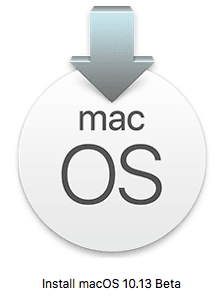
[Update: Revealing Five ‘Hidden’ Features of macOS High Sierra]
The weeks following the Apple World Wide Developer Conference are always fun for tech bloggers and readers alike, as the first hands-on reports of how new devices and operating systems are working provide a tantalizing glimpse into the near future of Apple-based computing (see all of our WWDC 2017 coverage here). Last week we took a look at iOS 11 Developer Beta 1, and now we’re shifting our gaze to Apple’s next desktop/laptop operating system: macOS 10.13 “High Sierra”. While High Sierra seems to be more of a refinement release of the Mac operating system than a release packed with new features, there are still a number of new UI and feature enhancements that will make it a must-have update later this year.
Installing the Developer Beta
Installing the Developer Beta was quite simple. A developer simply goes to the Developer website, then downloads the small macOS Developer Beta Access Utility. This utility essentially makes High Sierra visible in the Mac App Store so that the installer can be downloaded.
Related: Get the New iOS 11 and High Sierra Wallpapers Right Now
Once the installer is downloaded, the process is quite easy. Launch the installer, pick a volume to install High Sierra onto, choose whether you wish to migrate to APFS (see the next section) or stay with HFS Plus, and then sit back and watch the installation happen.
For our test drive, we chose to install High Sierra on a 1TB internal drive.
APFS
One year after the first announcement of Apple File System at WWDC 2016, the first new Mac file system in over 30 years is ready for prime time. APFS is fully enabled in High Sierra, although the operating system can be installed on Macs while still using the existing HFS Plus file system. A simple toggle during the early part of the High Sierra install process gives users the ability to migrate to the new file system or retain the old.
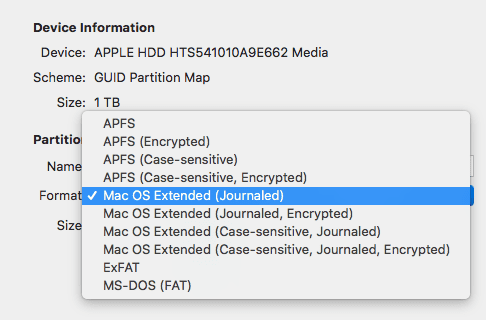
APFS provides some rather tantalizing features:
Clones, which let macOS make file copies on the same volume without occupying more storage space. Changes to cloned files are saved as “deltas” (just the changes to a file) which reduces storage space requirements for document revisions and copies. This also makes duplicating or copying a large directory very fast, as we found in our testing. Duplicating a folder containing 200 files under macOS Sierra on a rather slow Mac mini took about 20 seconds, while the same action under High Sierra and APFS took approximately 2 seconds.
Snapshots allow APFS to make a point-in-time, read-only instance of the file system. It shall be interesting to see if a combination of snapshots and clones are used in an as-yet-undisclosed version of Time Machine to provide almost instantaneous backups.
Full disk encryption is natively supported under APFS, with options for no encryption, single-key encryption, or multi-key encryption (each file is encrypted with a separate key and metadata is encrypted with a different key). By default, APFS enables single-key encryption.
Increased maximum number of files: APFS supports 64-bit inode numbers — which means that the file system can address over 9 quintillion files on a single volume. That may come in handy with future storage products with hundreds of terabytes of capacity!
Crash Protection in Apple File System avoids corrupted records caused by crashes that occur during a file update by writing entirely new records instead of overwriting existing metadata records in place. With the HFS Plus journaled file system, changes are written to a journal and then to the catalog file. With APFS, those changes are only written once.
Space Sharing is the ability added by APFS to have multiple logical drives (volumes) in the same container, with free space available to all volumes in the container. An APFS container can be a single physical partition or made from two partitions on separate drives like a Fusion Drive.
Under macOS Sierra, it is possible to create and use APFS drive partitions by using the diskutil command-line utility. You probably don’t want to do this, since at this time drives formatted with Sierra’s experimental version of APFS may not be compatible with the final version in High Sierra. Likewise, APFS under Sierra can’t be used with Time Machine, FileVault Encryption or Fusion drives.
Wallpaper
While it certainly isn’t as “under-the-hood” as APFS, the beautiful wallpaper that comes with High Sierra is stunning, especially on a Retina display (see screenshot below).
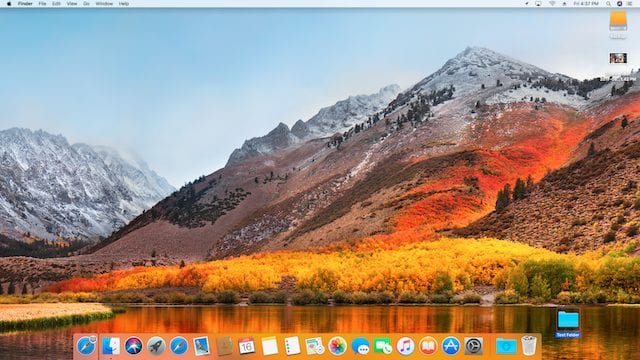
Safari
Readers who visit a lot of websites regularly will love the new per-site settings feature in Safari under High Sierra. There’s a new item under the Safari menu named “Settings for this website” with which a user can determine how he or she wishes to interact with a particular website each time it is visited (see screenshot below).

For example, Safari can automatically show pages in Reader view when visiting a site, enable content blockers on sites that love those obnoxious pop-up ads, set a particular level of page zoom, or allow auto-play videos to play…or not. In addition, users can assign a website settings on whether that site can automatically access your Mac’s camera, microphone and location. Those settings are also available after changes have been made under Safari Preferences, in an entirely new Websites pane.
iCloud File Sharing
Along with Apple’s new storage tiers for iCloud that top out at 2TB of storage, the new iCloud File Sharing feature makes iCloud act more like Dropbox. It’s simple to share files or folders simply by right-clicking them and selecting “share”, then choosing the method of notifying those with whom you are sharing the files (see image below). In testing, a user who was on Mac OS Sierra was not only able to receive the invitation to share the file, but add it to his iCloud Drive. A user on iOS 10 wasn’t so lucky, as the iCloud Drive app crashed whenever he attempted to connect. That’s why this is called beta software…
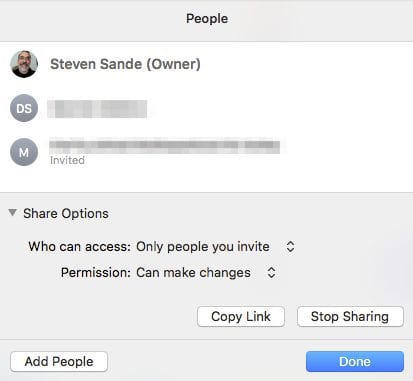
Photos
A new layout in the Photos app makes the sidebar available all of the time, except when editing photos. That sidebar includes some new smart albums, one of which shows recently-added photo imports, another with the media type (HDR, Portrait Mode, Video, Slow-Mo, Time Lapse, etc…).
Editing tools in Photos are now more impressive. Light curves are available for tweaking intensity and tone in photos with a few clicks and drags, there’s a white balance tool, and a tool called “Selective Color” that is useful in taking a color that may be overwhelming the main subject of a photo and toning down the Hue, Saturation, and Luminance of that color (see image below).
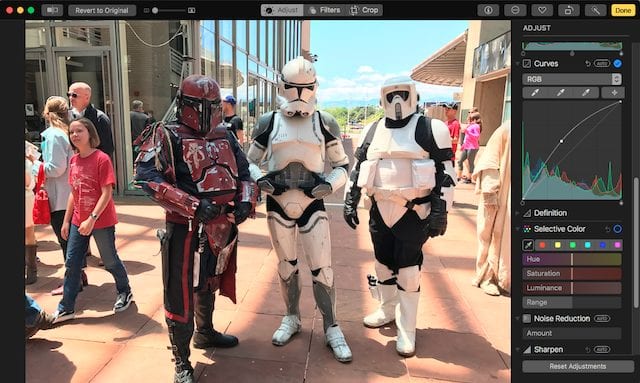
Allegedly the People album and Memories in Photos now work better, although our testing did not allow us to test either of these. For both of these features, High Sierra uses machine learning to do a better job of identifying not only people in your photos, but events like weddings, graduations, births, etc… New Memories that highlight those events will be a handy feature for reminding all of us of our pasts.
Spotlight
Spotlight is another feature enhanced in High Sierra. Sadly, it didn’t work properly in our testing. Apparently it also is enhanced with machine learning, but Developer Beta 1 still seemed to have issues finding the files we wanted. There’s also a “flight status” mode that’s supposed to show the status of any airline flight when you put a flight number into Spotlight, but our testing showed that it still wanted to default to finding files on the test Mac instead of showing us flight status.
Notes
All of the features we talked about in the iOS 11 beta writeup are in the macOS High Sierra version of Notes, plus one other feature — pinning notes. A pinned note stays at or near the top of a list of notes, perfect if you need to easily find certain information.
Mail
One highly touted feature of the Mail app under High Sierra is Top Hits, which takes search results and puts them near the top of the list of messages based on their relevance. This also didn’t seem to be working quite accurately in Developer Beta 1.
The Bottom Line
macOS High Sierra seems a little more “rough around the edges” than the beta of iOS 11, with the machine learning features taking the worst hit. These features may require time to actually figure out how a user searches for items, what is in their mail messages, and more.
The early results of our testing of APFS show a faster and more capable file system, and if the hundreds of millions of flawless migrations to APFS in iOS 10 are any indication, the same migration with macOS High Sierra should go well.
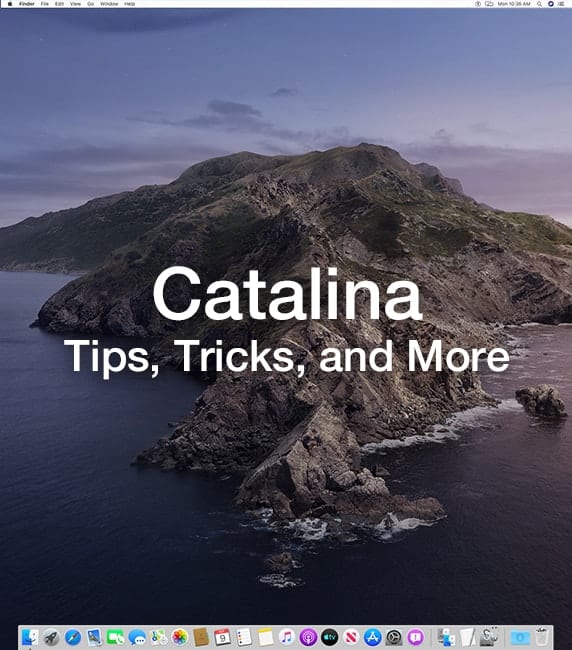
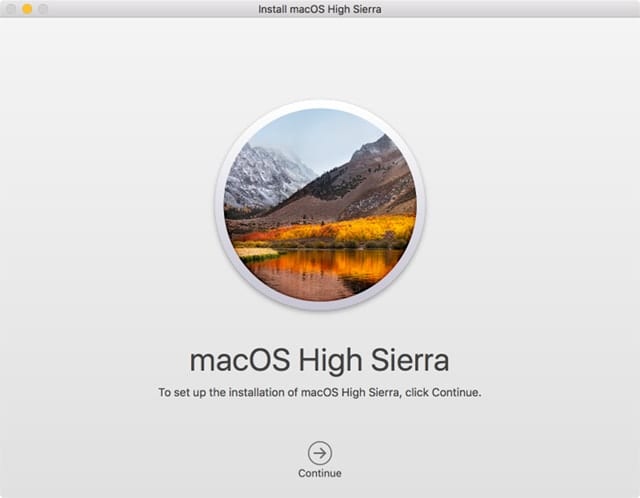
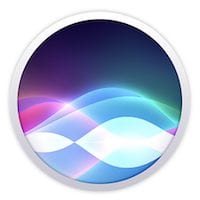
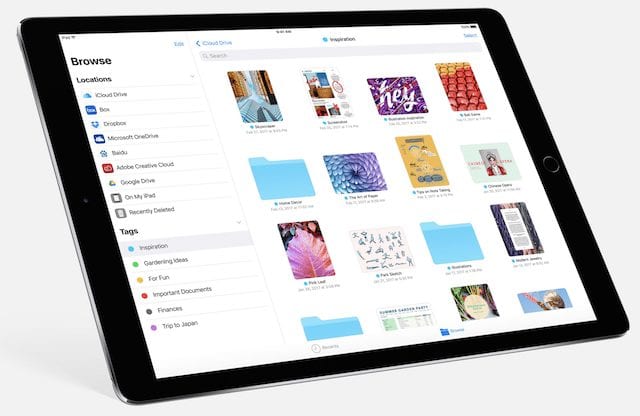
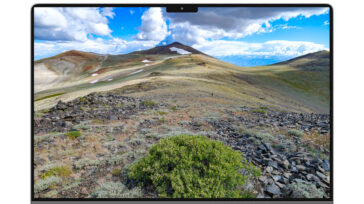

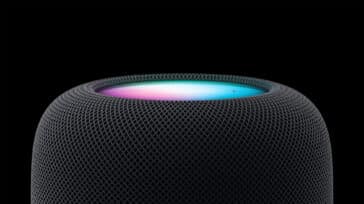
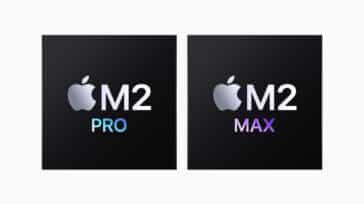


Why would someone choose single point encryption when multipoint is available? What are disadvantage or problems with multipoint?
Thanks for another great article!
Karl
More function bloat. I have no use for airline data; it just makes my machine run slower & use more electricity…
Can you tell me if Hi Serria will be supported on MacBook late 2011 machine and when will Apple drop support on that machine.
Hi, Buddy. You can find a list of all High Sierra compatible Macs here: https://blog.macsales.com/41248-high-sierra-compatible-with-all-sierra-compatible-macs
Has anyone actually TRIED Photos 3.0 in the High Sierra Public Beta or Developer releases?
The base Photos 3.0 has virtually NO user controls. A dozen Filters, but the Adjust settings are severely restricted, far more than even the most basic iDevice image editing app.
At the moment, it has only 3 ‘Adjust’ settings that are not strictly limited to OFF, ON, and AUTO. None of the advanced Photos features demonstrated in the High Sierra teaser video are enabled. Apple might plan to sell these features as a Photos upgrade, or perhaps open the market floodgates to developer extensions that will provide such controls.
I’ve done clean installs of several 10.13 beta releases, created new Photos libraries, and imported images of from different sources, with no additional Adjust tools enabled in any case.
Have you tried clicking the faint disclosure triangle to the left of the adjustment icons? (E.g., clicking just left of the circle by the word “Vignette” reveals Strength, Radius, and Softness sliders.)
If you’re on Yosemite or El Capitan and using Office 2011 Microsoft says don’t upgrade to High Sierra.
http://www.deccanchronicle.com/technology/in-other-news/010917/do-not-install-macos-sierra-next-month-says-microsoft-to-apple-users.html
Does anyone know if OWC Aura SSD Flash Storage Upgrades are compatible with High Sierra/APFS? I have an early 2015 MacBook Air with the 1TB Aura drive installed.
Hi, Dan. OWC SSDs have been used with High Sierra beta with no issues. Let us know if you have any other questions. Thanks!
Thanks Jared! I just successfully updated to High Sierra but there was no option for APFS and my drive is still Mac OS Extended (Journaled). I then tried the method listed below but the option for APFS was not available.
https://www.macobserver.com/tips/how-to/upgrade-mac-apfs-after-high-sierra/
Any thoughts?
Mail: I’m still waiting for Apple Mail to work with both iCloud and Gmail accounts without corrupting the message of one or the other. Also, it would really be nice if the backend of iCloud would not take 9 hours to process an email received or delete them and restore them with some magical randomness. :(
I wish Apple Mail had ‘Bounce’ as the older, better Apple Mail did.
The ‘Bounce’ was a nice idea, but it only works when spammers care if their messages get bounced.
Your description of “clone” is not what the word “clone” means. Has apple (mis)appropriated the word to describe some sort of “version tracking” without regard for the actual meaning of the word?
APFS does seem to have some attractive features. However, being that it is the skeleton upon which the rest of, well everything, is built. I am skeptical about upgrading an HFS machine to APFS.
Let’s just say I’ve got scar tissue from previous migrations which were not as low level and crucial to the operation of every single other function on the machine. And one thing that seems to be apparent lately is that Apple is not doing much if any beta testing in house any more. It’s up to us users to break it in beta or else it won’t make the release.
So for example, I think not a lot of people running the beta are using it to edit video in Premiere. So let’s see how well that works when it comes out.
Or for that matter, how well other DAWs besides Logic.
I will not be an early adopter of APFS.
I, too, have scare tissue from Apple’s required changes in the form of several months worth of photos that disappeared when updating iPhoto.
Plus I have heard that SSD drive will be changed to APFS automatically.
I hate to say it but Apple is trying very hard to switch me back to Windows.
Yes, but have they fixed Mail, easily the most clunky, user unfriendly app of the Mac OS?
Regarding APFS– have you tested upgrading a boot drive running on a DIY Fusion drive?
Have you tried connected to an afp file server? I’d like to know how well High Sierra does connecting and using network mounted afp filesystem. I’ve got a tried and try Snow Leopard Server serving up afp shares… Thanks
There seems to be a lot of interest in whether Office 2011 will operate under High Sierra 10.13. The word is that Office currently has issues with the APFS file system in the beta. If you install 10.13 and leave the standard MacOS Extended file system – Office 2011 supposedly “works fine”. A tidbit is that at the developers conference Apple apparently indicated that the next version 10.14 will still support 32-bit applications “with compromises” (whatever that means). If all this is true there should be some 32-bit support thru late 2019 when 10.15 is released which they indicated will not run 32-bit applications. A little more time to clean out old apps and find replacements than I initially thought…
Thanks.
Does APFS have self-healing as ZFS has?
Concerning Spotlight, does Command F allow to customize (and remember) searches, so that it shows for instance “Name – Contains” instead of the useless default “Kind – Any” of Sierra and previous ones? BTW, that was possible with Sherlock on Mac OS 9 and earlier!
Finally, does Mail allow to “Message – Apply Rules” to all mailboxes at once, as well as individually or all at once from “Mail – Preferences – Rules”?
Hello, regarding APFS: I’m curious to hear if there is any word about support from various disk-related software, e.g. Apple’s own Time Machine, FileVault, Disk Utility, Fusion, and also backup software like Carbon Copy Cloner, and utilities such as Drive Genius.
I’m somewhat reluctant to immediately jump onto APFS– if there are any bugs it is imperative that backup and recovery software works, and error detection (such as Drive Genius’ Drive Pulse) support the new FS.
There is good info regarding CCC and High Sierra/APFS on the bombich.com blog.